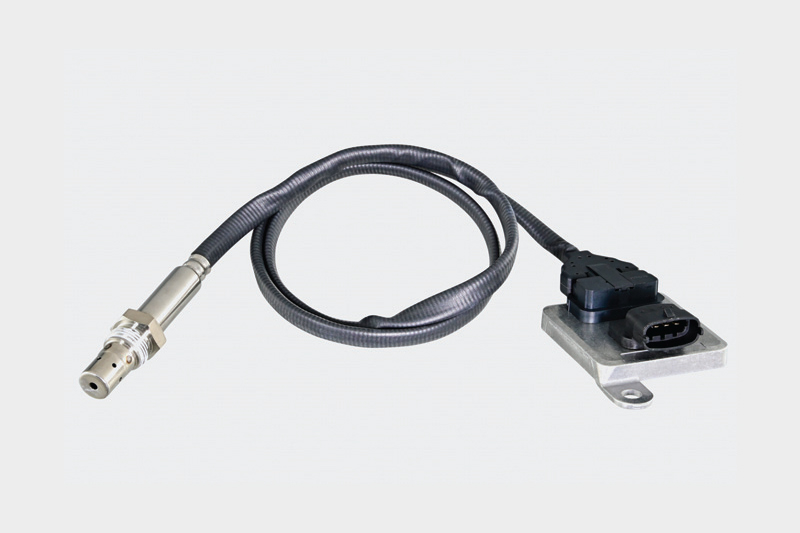Why HELLA believes its NOx sensors play crucial role

Vehicle emissions regulations continue to tighten; HELLA believes it has always supported the move towards cleaner air, with its range of NOx sensors playing a “crucial role” in the de-pollution system of many modern vehicles.
HELLA offers a range of 12V NOx sensors for passenger cars, which, it reported, undergo a rigorous quality assessment process within HELLA’s quality laboratory in Germany.
Reducing the output of harmful gases from vehicles can have a significant environmental impact, claimed HELLA Head of Electronics UK, Matthew Smart: “The NOx sensor performs an important job in the post-treatment system. The sensor is used in diesel vehicles with urea-based selective catalytic reduction (SCR) systems. It enables compliance with the emissions regulations from Euro 5 upwards.
“The NOx sensor guarantees an optimal dosage of AdBlue by the engine system, thus bringing about an effective reduction of nitrogen oxides. If the SCR system has an upstream and a downstream NOx sensor, the downstream one has the task of monitoring the effect of the SCR catalytic converter.”
HELLA’s NOx sensors undertake their task in harsh conditions, so they need to be tough. Matthew continued: “Taking into account that the NOx sensors are fitted directly into the exhaust system, both the reading head and the control unit have to be very robust. For that, we conduct functional tests in extreme conditions, as well as tests to check the behaviour of the product across the entire lifecycle.”

This is where you come in, according to Matthew, in terms of helping your garage customers choose the correct reference: “There can be three or even four OE references listed for any vehicle, making it all-too easy for the technician or workshop parts advisor to opt for the wrong NOx sensor by mistake. Technicians must not fit an older version of the part either. They should inspect the existing part fitted on the vehicle and fit the direct HELLA replacement for that specific OE part.”








